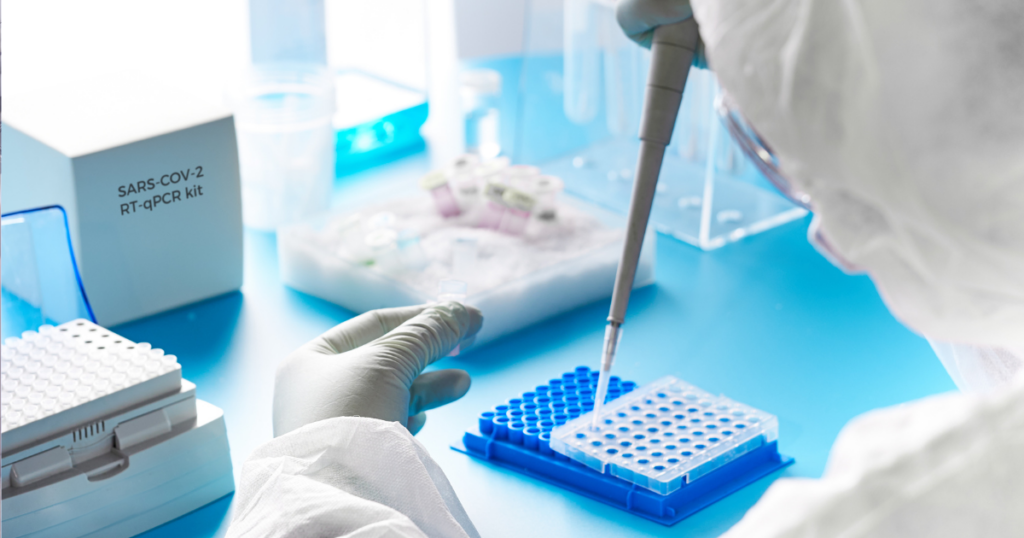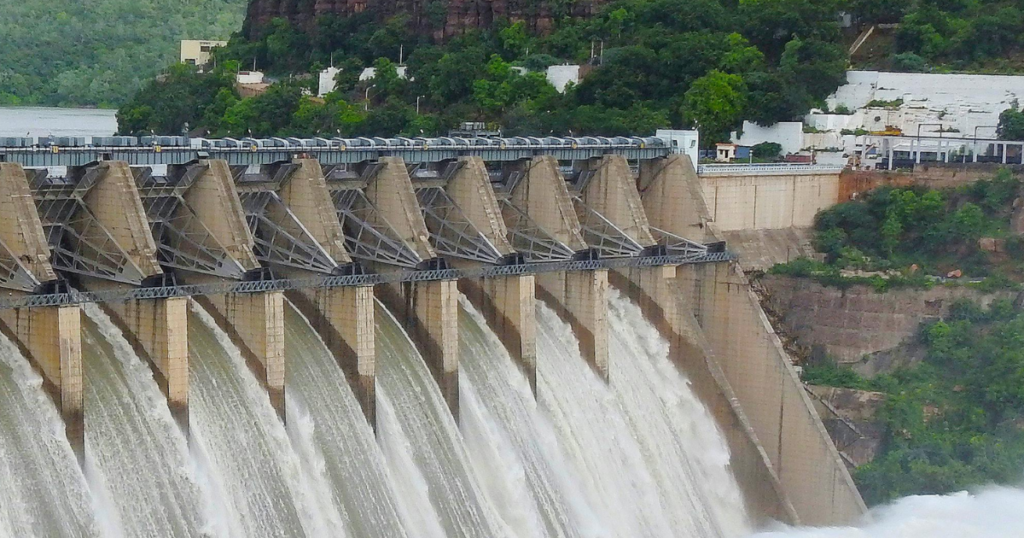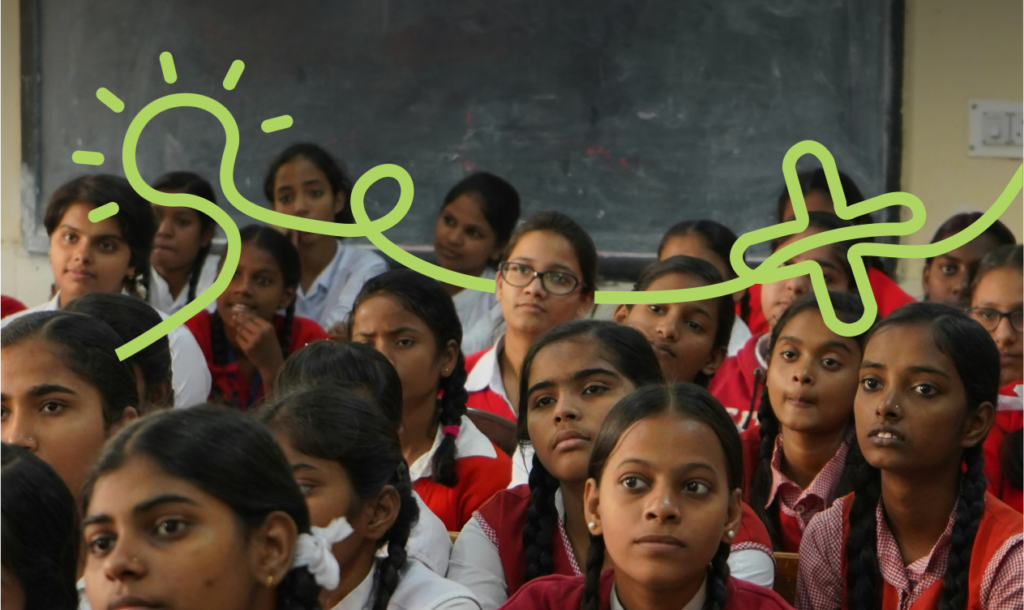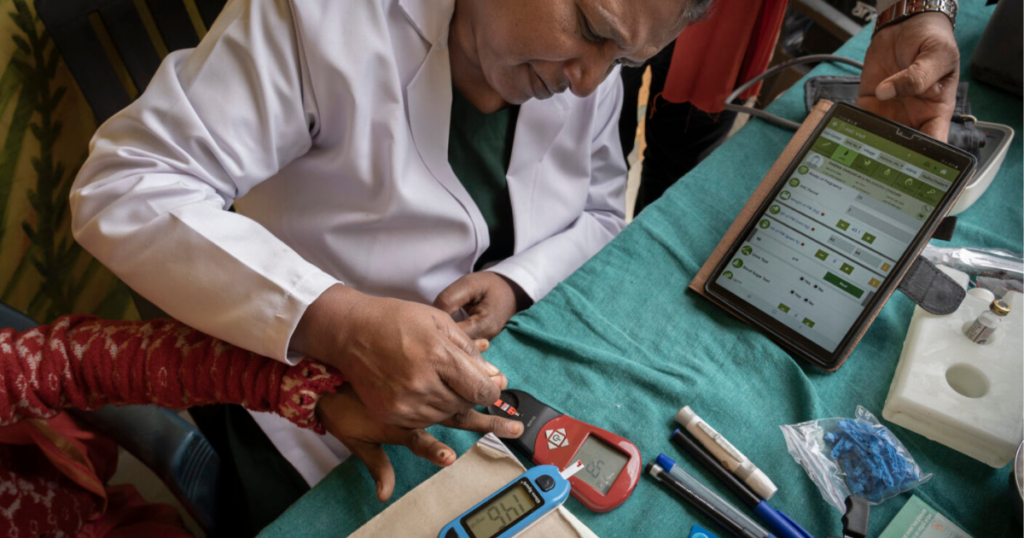Diagnostics is critical for timely detection, guiding treatment decisions, preventing diseases, and improving overall healthcare quality and outcomes. It also plays a vital role in reducing treatment costs and advancing medical research. Recent developments in the policy, volume of investments, and innovation are gradually affecting change in India’s diagnostics sector.
A significant portion of India’s diagnostic landscape is comprised of private laboratories – operating independently and collaborating with Indian states and philanthropic organisations – and the emergence of healthcare startups in this sector. Investments in the sector are steadily on the rise, and are projected to reach $28 billion by 2028. The rise of healthcare startups has led to a surge in tech-enabled
diagnostic solutions in the market. These solutions concentrate on various aspects, including point-of-care testing, real-time diagnostics, clinical decision support systems, data-driven lab optimisation solutions, and AI in medical imaging.
Portable and low-cost digital health solutions can reduce over-dependence on the physical presence of specialists, and can be easily deployed in remote areas. Emerging technological innovations, such as handheld ultrasound devices and AI-enabled imaging solutions hold the potential of bringing precision to diagnosis. Recognising the need for diagnostics, the government has set various guidelines and standards, such as the Indian Public Health Standards to offer services at various touchpoints. The National Essential Diagnostic List specifies a set of tests that should be available at various facilities for diagnosis of diseases.
Despite the combined efforts of the government and the private sector to provide sufficient diagnostic services, challenges such as insufficient healthcare infrastructure, a shortage of trained professionals, financial constraints, governance and regulatory challenges, and innovation challenges still persist in the realm of screening and diagnosis. Other systemic challenges collectively impact the awareness, agency, and access to these services among the population. Stakeholders also need to be cognisant of critical risks such as overdiagnosis, uncoordinated processes, poor follow-ups, and technological redundancies within the diagnostic ecosystem.
Authors: Granthika Chatterjee, Ritika Ramasuri and Anushka Anand




